What's New In Robotics This Week - June 30

Manufacturing & Cobot Roundup
Additive manufacturing, computational design, data mining, and self-learning cobots are inspiring and enabling the next wave of manufacturing, according to The Manufacturer.
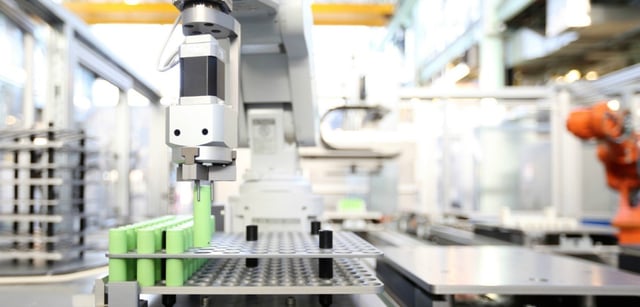 Caption: Cobots are driving advanced manufacturing techniques. (Via The Manufacturer)
Caption: Cobots are driving advanced manufacturing techniques. (Via The Manufacturer)
The new breed of collaborative robots (‘cobots’) are agile, flexible machines capable of forging a close relationship with humans. Freed from their cages and taught via virtual reality techniques and advanced algorithms, robotic systems have become insightful, intuitive, capable of reason and flexible.
Cobots helped SME-sized plastics firm, Vanguard Plastics to remain competitive, says Plastics News:
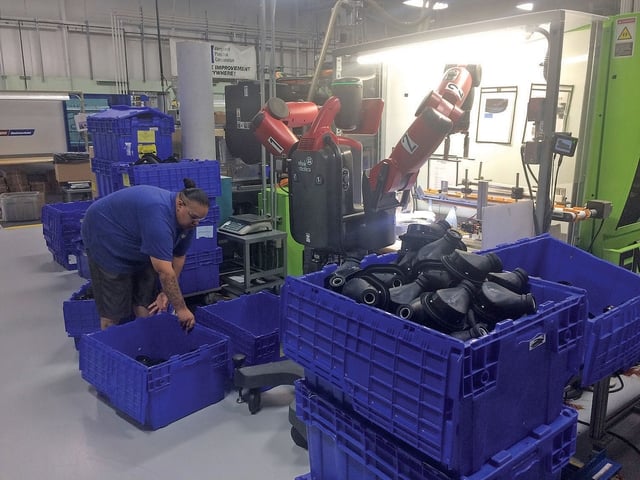 Caption: An employee at Vanguard Plastics Corp. works alongside a Baxter cobot. Photo: Bill Bregar
Caption: An employee at Vanguard Plastics Corp. works alongside a Baxter cobot. Photo: Bill Bregar
"A factory our size in China would have over 100 people. That's the bottom line. That's how we can compete. We have less people, or if you want to look at it another way, we're twice as productive. And we're profitable and we're not moving to Mexico or threatening to move to Mexico. We're staying in New England," said [Vanguard Plastics President Chris Budnick].
Jim Anderton from Engineering.com talked to Mick Estes, general manager at FANUC America about the exciting possibilities available to SMEs as cobots, AI, and the Internet of Things become realistic and affordable options.
"Can a robot be man's best friend?" asked Raconteur in a feature that looked at the rapid rise of cobots over the past few years:
“The reality is that most of our customers struggle to find enough labour. This problem is becoming even more pronounced as many factory workers retire and millennials are less inclined to work in manufacturing jobs,” explains Jim Lawton, chief product officer at Rethink Robotics.
The German engineering association VDMA released a forecast that predicts the German robotics and automation market will grow by 7 per cent this year compared with last year, with sales volume projected to reach a massive $15 billion.
HIROTEC AMERICA has partnered with OTTO Motors to automate HIROTEC Group’s spare parts production and achieve lights-out manufacturing for 24/7 operation, according to EINNews.
The firm's OTTO 1500 self-driving vehicle is used for automated material movement, while a Yaskawa Motoman dual-arm cobot integrated onto the OTTO picks up and dips parts in black oxide.
The editor of Plant Services (which also ran a cover story on cobots this month) asked "Are You ready For Cobotics?" in which he explored issues around cobot safety in relation to Asimov's Three Laws of Robotics:
Ever since [Asimov's Laws], robotic characters from C-3PO, K9, and Wall•E to Gort, RoboCop, and the Terminator robots have been used to probe the limits of our comfort with robots. Can we trust our safety around them, and how close is too close?
In our real industrial world, organizations including RIA and OSHA regularly issue standards and guidance documents designed to keep workers safe in a world where manufacturing automation is the norm, and where people and robots work together in increasingly closer quarters.
Whether technological unemployment will be as widespread as some predict was the topic of a number of media pieces this week.
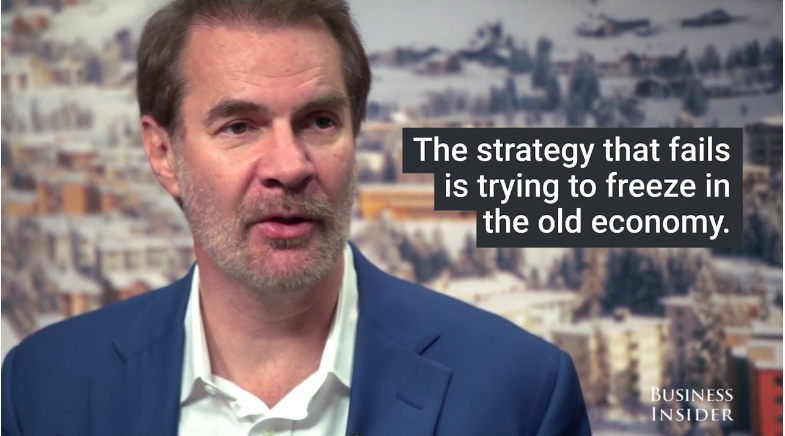
Caption: Erik Brynjolfsson, director of the MIT Center for Digital Business, spoke to Business Insider about how robots will enhance our future economy.
Singularity Hub explored the idea of using universal basic income as a countermeasure to technological unemployment. fetch Robotics' Melonee Wise spoke to MIT technology Review about her plans to create jobs for both humans and robots. HuffPost reported on the "data defying the job-killing robot myth."
Finally, Nikkei Asian Review noted that in China, far from creating labour shortages, robots are being used to address existing labour shortages:
"Demand for robots is climbing due to difficulty securing workers," Yaskawa Electric President Hiroshi Ogasawara said. Robots help ensure speed and safety amid a shortage of seasoned employees.
Disney Releases Robot-Child Interaction Studies
New studies from Disney Research show that children learn more effectively when they interact with conversational robots and virtual characters.
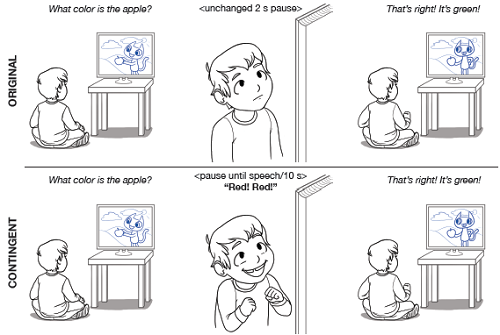
Via PhysOrg:
The final study involved 67 children aged four to 10 interacting with a robot named PIPER. In one encounter PIPER showed no indication it remembered previous encounters while in another it would make references to previous conversations. In a third experiment, PIPER had both its own memory of previous conversations and information provided by other observers of the children’s activities.
More at TechCrunch:
All this is important not actually for letting robots raise our kids as I jested above, but for making all human-computer interactions more natural — without overdoing it or making it creepy.
Graphene, Gecko-Inspired, Jumping & Snake Bots
Chinese roboticists have created a spider-inspired, graphene robot that moves in response to changes in humidity.
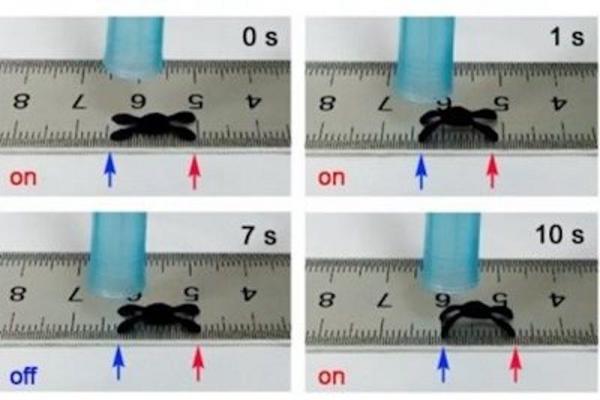 Caption: The graphene spider-inspired robot bends and flattens in response to changes in humidity, enabling it to crawl. Photo: Yong-Lai Zhang/Jilin University
Caption: The graphene spider-inspired robot bends and flattens in response to changes in humidity, enabling it to crawl. Photo: Yong-Lai Zhang/Jilin University
Via UPI:
The camera flash works by inducing reduction, stripping oxygen molecules from the graphene. Only the exposed side of the graphene is reduced, which causes it to absorb fewer water molecules. The other side absorbs more water molecules and bends toward the reduced side when exposed to higher humidity levels. Drier air flattens the sheet.
The kinetic action can be manipulated by changes in humidity to create a crawling pattern, allowing the robot to autonomously propel itself.
Meanwhile, Japanese scientists have created robotic vision sensors inspired by light-sensitive bacteria.
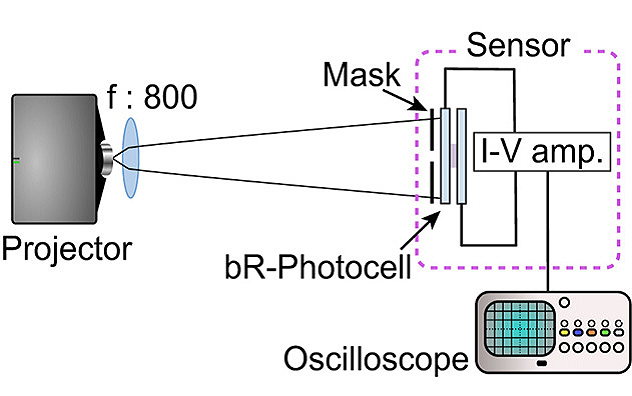 Caption: Experimental set-up of the bR photocell using different patterned masks. Credit: University of Electro-Communications. (Via PhysOrg.)
Caption: Experimental set-up of the bR photocell using different patterned masks. Credit: University of Electro-Communications. (Via PhysOrg.)
And a team at Standford University, California has developed gecko-inspired robotic grippers for grabbing space debris.
As Space.com reported, their sticky bot was able to snag floating objects in microgravity flights on both Earth and the International Space Station:
The new gripper is not as complex as a gecko's foot. Its adhesive uses flaps that are about 40 micrometers (millionths of a meter) wide, whereas geckos rely on structures that are about 200 nanometers (billionths of a meter) wide.
Still, the artificial adhesive works much in the same way as that on gecko feet. Making each flap stick only requires a light push in the right direction, and the flaps remain sticky if pushed in that specific direction. The pads unlock in a similarly gentle manner.
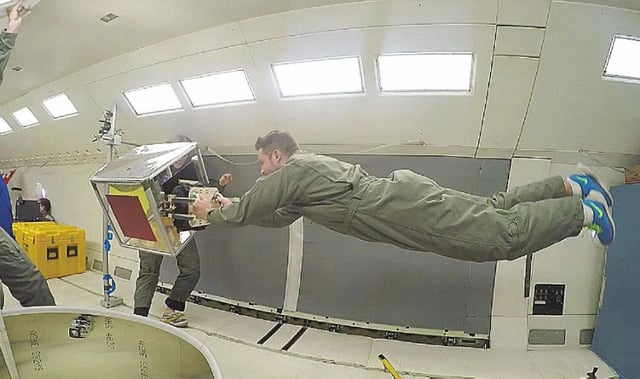
Caption: This gecko-inspired bot could be used to gab space junk. (Via Space.com)
A new 'superglue' has been developed that could "seal the deal for stretchable batteries and soft robotics," ScienceMag reported:
The team behind Salto (the jumping robot we featured in a previous roundup) has attached thrusters to the original to crceate what IEEE Spectrum described as "the most amazing jumping robot we've ever seen":
If that's not enough bio-inspired robotic goodness for one week, check out this great feature on Robohub about the world of snake-inspired robots and follow Bio-Inspired Bots, a new Facebook page dedicated to robotic and AI systems inspired by biology.
I'll be back next week with more of the latest robotics news. Until then, please enjoy these videos and links!
Australian primary school students design robot orca to deter sharks (ABC)
Should robot artists be given copyright protection? (PhysOrg)
The weird and wonderful world of Japanese robots (CNN)
This dairy farm's best worker is a robot (Marketplace)
Edge Problems at Core of True Self-Driving Cars: Achieving the “Last Mile” (aitrends)
Zume’s robot pizzeria could be the future of workplace automation (The Verge)
The rise of robot butlers and thin section bearings (Torque Expo)
This robot is learning how to print a human organ (CNBC)
Florida is now the fourth state to permit delivery robots on sidewalks (Recode)
Robot whisperers can save manufacturing in the West, says ex-Google VP (Silicon Republic)
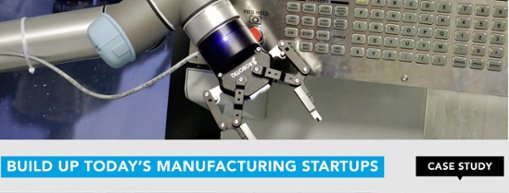
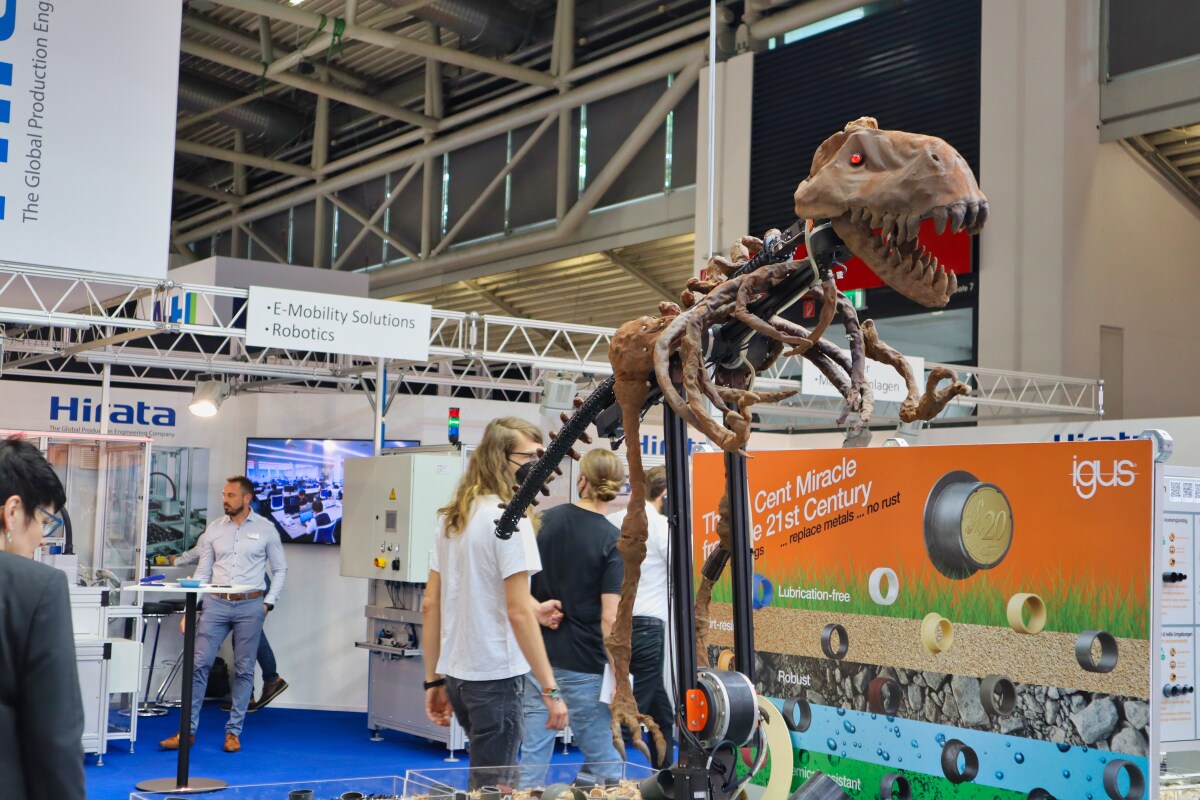

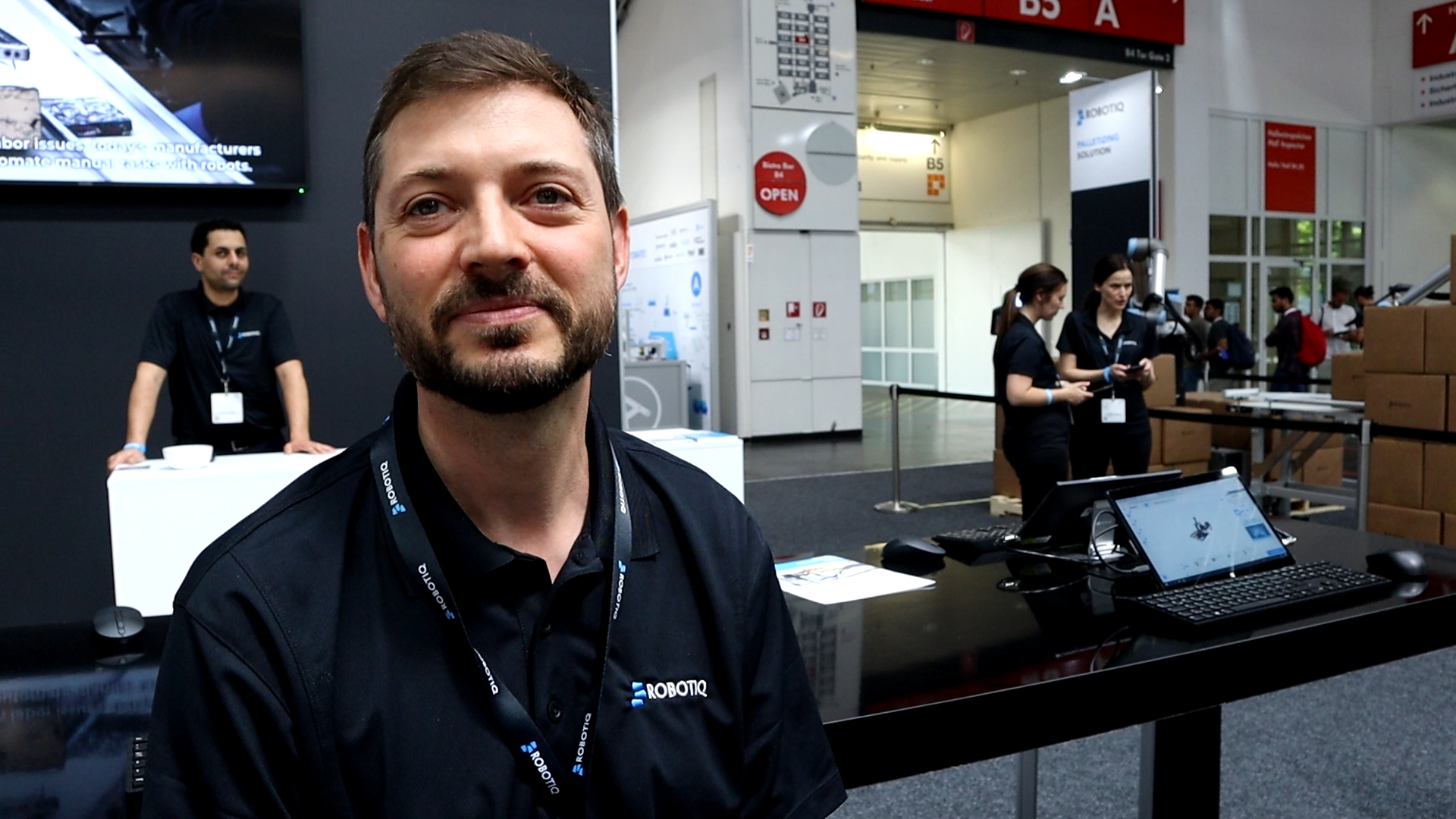
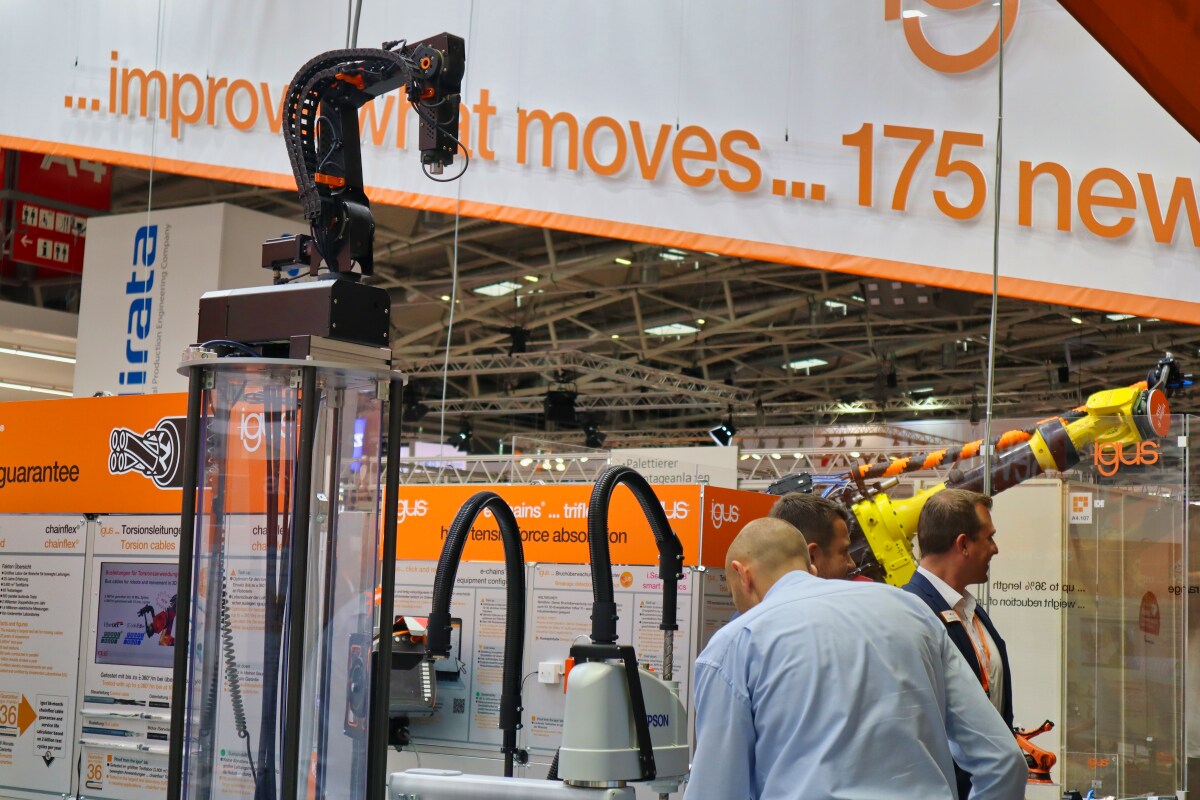
Leave a comment